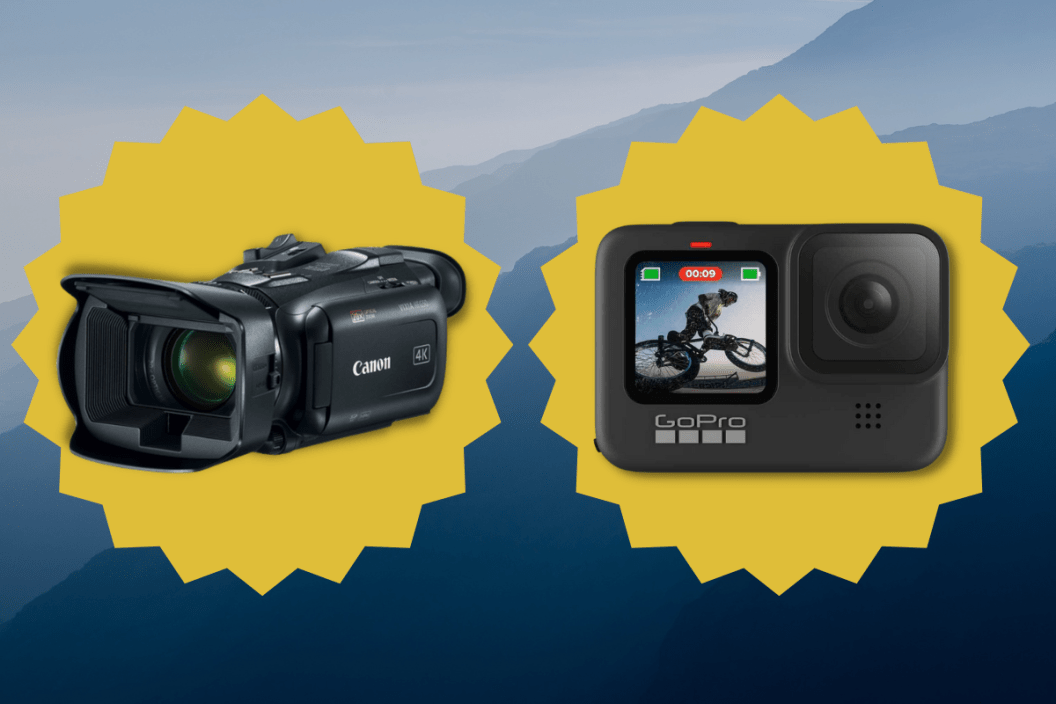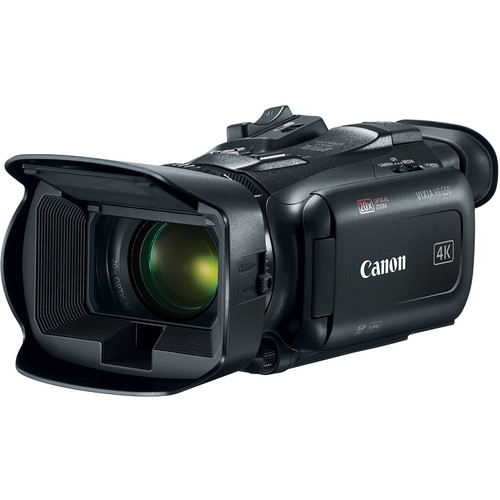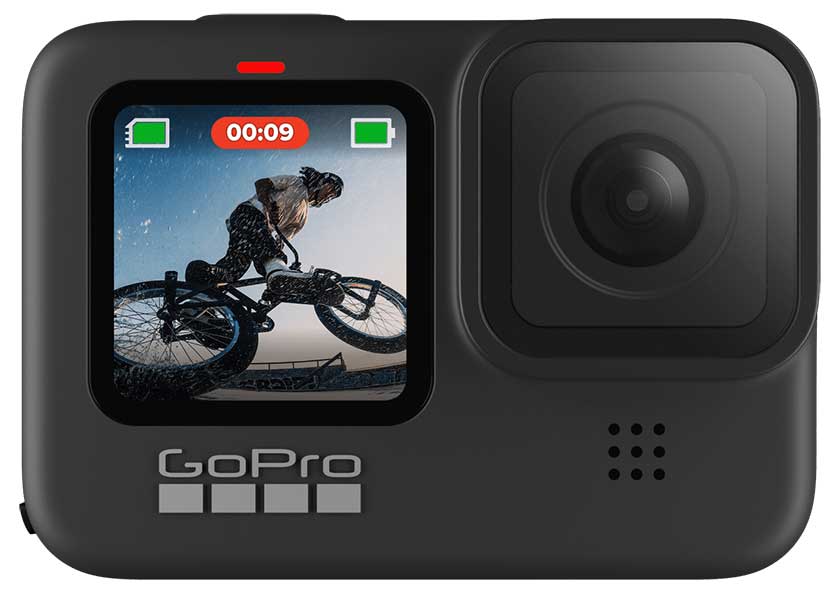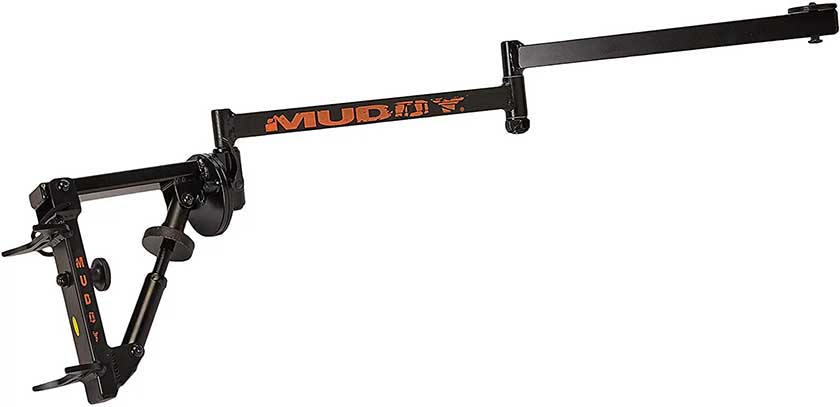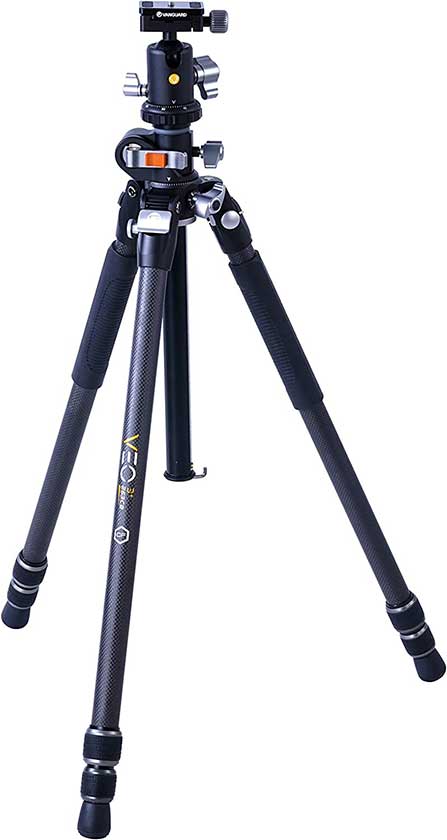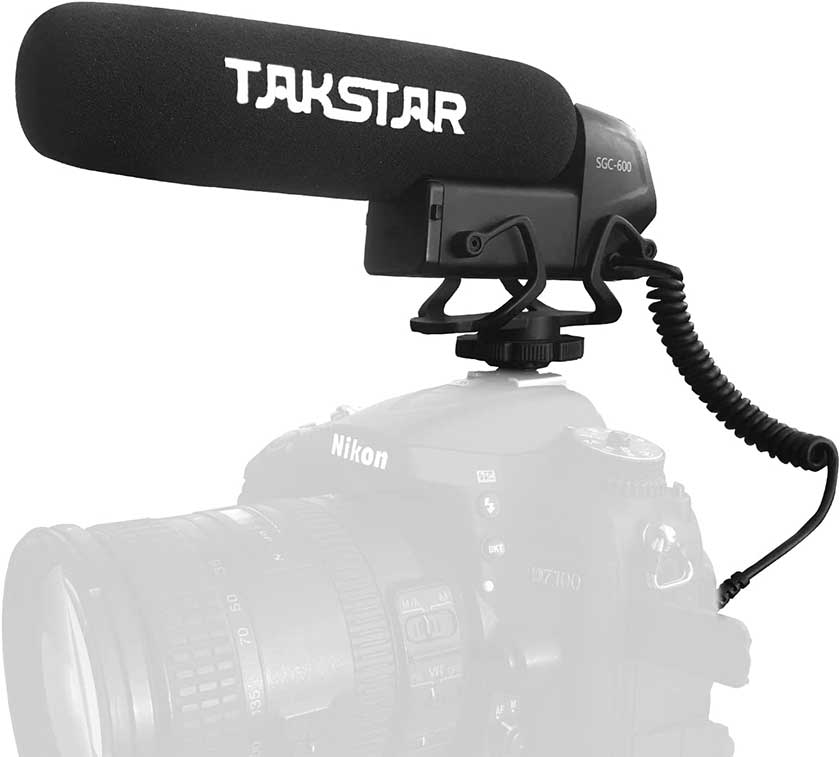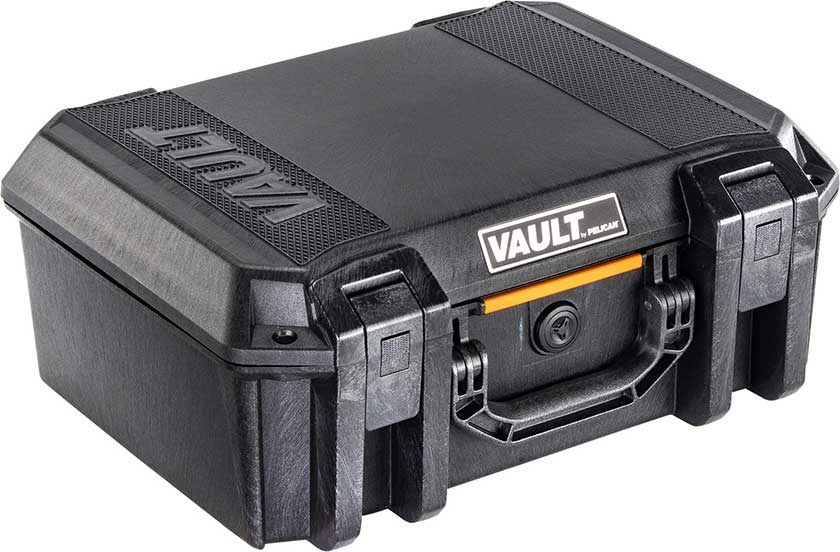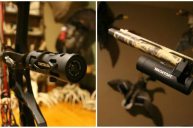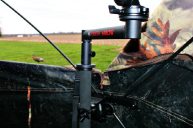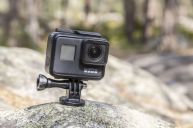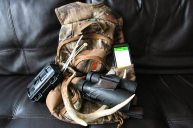Self-filming whitetail hunts have grown tremendously popular in recent years. Well-produced films on television make it look relatively easy, but becoming efficient filming a solo hunt is no easy task, takes a great deal of practice, and more importantly, the right gear. If you've gone down the rabbit hole of film equipment, you've probably seen some shocking price tags attached. While there are quality pieces of camera equipment that can run up the bill fast, with some planning you can create an entire setup without breaking the budget. Here are six pieces of self-filming gear that are crucial to your setup, and that won't require you to take out a second mortgage.
Products featured on Wide Open Spaces are independently selected by our writers and editors. However, when you buy something through our links, we may earn a commission.
1. Primary Camera
Your primary camera is probably going to be your most expensive piece of gear, but there are several quality camera options on the market today that won't break the bank. Years ago, a camera that produced quality film would cost several thousands of dollars, but as technology has advanced, even the most simple cameras today will make great videos that rival some of the more expensive models.
A few good primary camera options:
Canon - VIXIA HF G50
Sony - Alpha a7 III
Nikon - D850 DSLR
2. Secondary Camera
Having a secondary camera is essential for getting different angles, as well as action shots of you drawing your bow or raising your rifle. Over the past decade, several companies have launched pocket sized cameras built specifically for this purpose. It's important to note that having a bluetooth remote for these cameras can come in handy, as you may not be able to press record when that trophy whitetail walks in.
My top picks for secondary cameras:
GoPro - Hero9
Tactacam - Solo Hunter
ShotKam
3. Camera Arm
Camera arms are incredible pieces of equipment that help you stabilize the shot, while also making it more convenient to operate while on a solo hunt. If you have ever tried to film a hunt free-hand, you've probably noticed that the playback looks as though you were filming during an earthquake. These arms easily strap around a tree and mount seamlessly to your cameras, allowing you to get in position when you're ready to start filming. With updated attachments and mount systems, getting film from odd angles and tight windows is relatively simple.
A few camera arm suggestions:
Muddy - Outfitter Camera Arm
Fourth Arrow - Stiff Arm
HME - Better Camera Arm
4. Tripod
You won't always be hunting out of a treestand. Hunting from a ground blind can be extremely effective and the videos that you can get from this setting are pretty amazing. In this situation, a tree arm won't be effective for a stable shot, and you'll need a tripod. Camera tripods range from basic fixed poles, to advanced telescopic, multi-angled pods, and everything in between. Depending on your price range, there are many options available.
A few tripod suggestions:
Vanguard - Veo 3
Benro - A373F
Libec - 650EX
5. External Mic
Most quality cameras on the market right now have solid built-in microphones. These work great for an open interview when you get into the stand, as well close encounters, but for picking up sounds within the woods, you're going to need an external mic. There's nothing worse than capturing a great video and realizing that the sound is muffled. Invest in a great external mic, as this will be one of your most important pieces of gear.
Here are a few suggestions on a quality external mic:
Takstar - SGC-600
Moukey - MCM-1
RODE - VideoMic MEL
6. Gear Bag or Case
Hauling in heavy equipment can be difficult, and loud when not done effectively. Camera equipment is a large investment and needs to be treated as such with the proper protection and casing. There are several different options for how to carry your gear into the stand. Heavy duty hard shell cases are extremely protective, but tend to be on the heavier side and can be noisy. Shoulder and sling bags offer moderate protection and organization, but are dead silent. The size and type of bag you choose will depend on your setup as well as how many pieces of equipment you plan to bring.
Here a few suggestions for quality gear bags to haul your equipment into the woods with:
Pelican - Vault V300C
Lowepro - Slingshot 250
Ruggard - Journey 44
If you're someone who is looking to get into self-filming, it can seem overwhelming at first, but it's not all bad. Modern cameras have advanced in a way that virtually every new camera on the market will make it a relatively simple process, and produce great video quality.
Remember that filming your hunts can cause some unwanted movement while in the stand, as well as disturbances on the way to the stand as you're hauling in your gear. I tend to be overly cautious when I am self filming. Make slow movements, watch your noise level, find some mirrorless lenses, invest in the right camera equipment, and you might be able to harvest that trophy buck and have a video that you can share and reflect on for years. Good luck!
